The Cowichan Lake region is, in my opinion, one of the most beautiful areas on southern Vancouver Island, and also highly overlooked for its tourism and hiking potential. The greatest obstacle is that the vast majority of the land surrounding the lake is owned privately by logging companies, including directly uphill of people’s homes. From any of the beautiful viewpoints overlooking the lake it’s impossible to ignore the massive clearcuts that make a patchwork of the hills on either side of the lake. The north end of Cowichan Lake is the absolute southern terminus of alpine on Vancouver Island, meaning that hikes near the lake are all mostly pretty accessible for beginner hikers and families thanks to having less elevation gain than some of the mountain peaks further up-island.
Hiking near Cowichan Lake is still an absolutely worthy past-time, in no small part thanks to a small but dedicated group of volunteers. Whether you’re taking just a short day trip to visit the Cowichan Lake region or if you’re driving the whole Pacific Marine Circle Route, I highly suggest stopping for one of these excellent Cowichan Lake hikes.
Continue reading this blog post for everything you need to know to experience these 3 awesome Cowichan Lake hikes for yourself, including distance, elevation gain, how to get there, the best time to visit, and lots of photos of my experience.
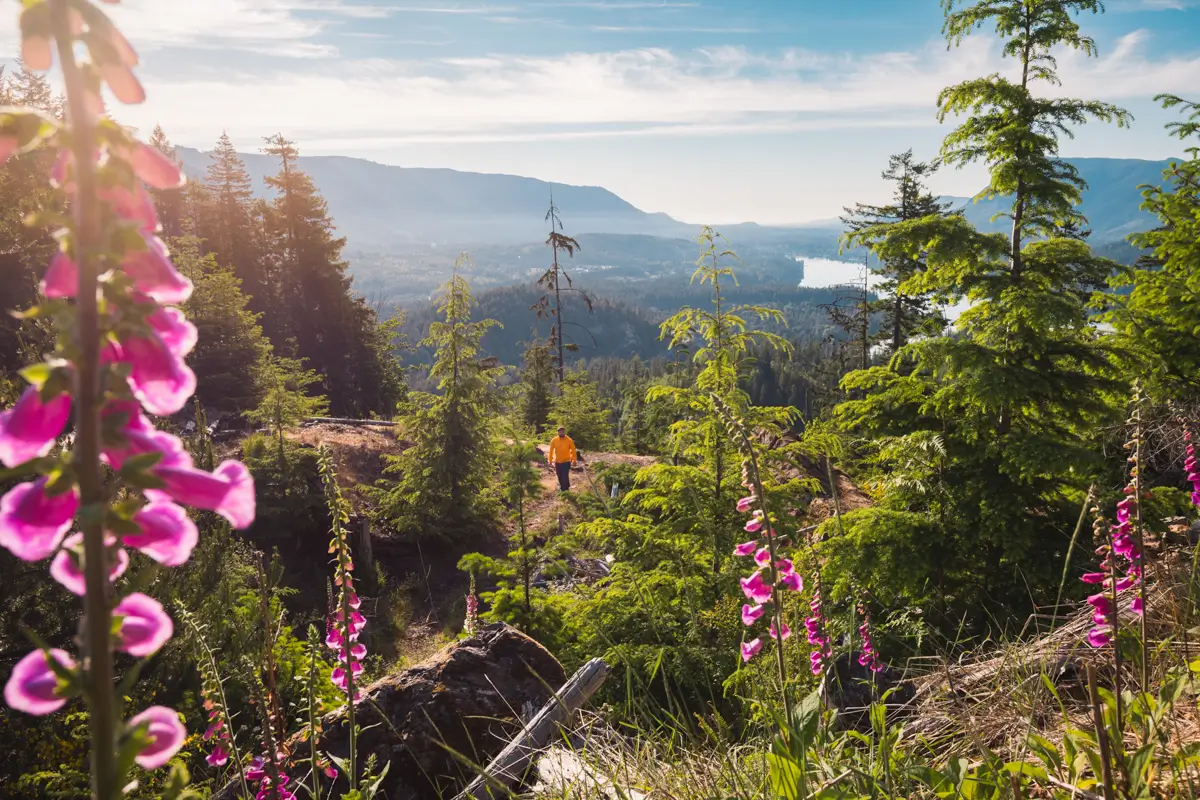
Tips for Hiking Near Cowichan Lake
When in the outdoors it’s important to avoid harmful practices such as disturbing plants or rock-stacking, or removing any natural object from flowers to rocks, as it’s important to leave the environment as natural as possible for the animals and for fellow hikers to enjoy in perpetuity. As many flowers as there are, there are few enough that if we all took one, then there wouldn’t be any left. Take only photos, leave only footprints.
I also highly recommend reading up on Leave No Trace principles before heading anywhere into the outdoors in general. Following these important principles basically means doing your best to leave beautiful places like these Cowichan Lake hikes as good (if not better) than you found them, both for their preservation and for the enjoyment of other visitors.
Robertson River Falls
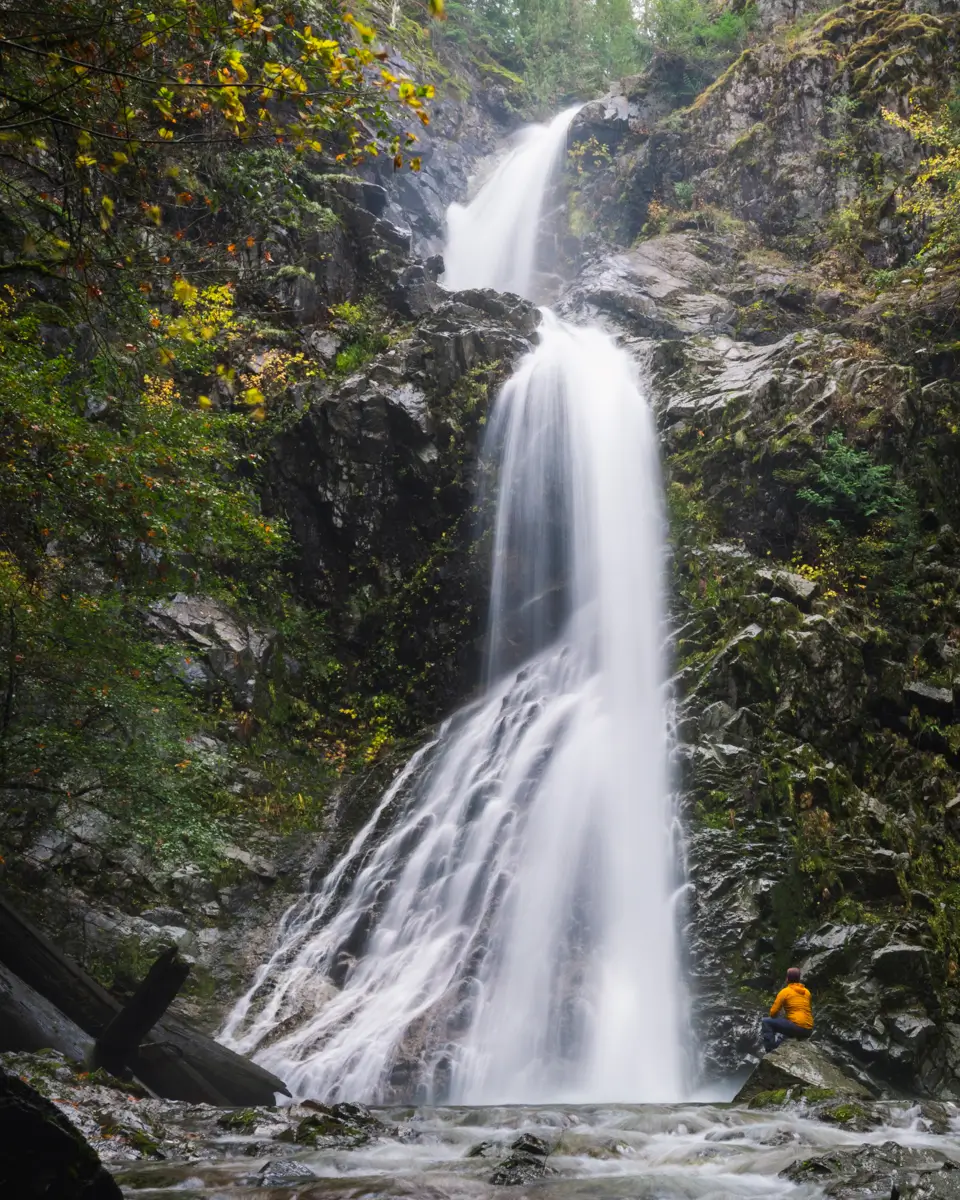
Robertson River Falls is a beautiful, rarely visited Vancouver Island waterfall, and one of the best things to do near Cowichan Lake. The walk to the waterfall is almost entirely along old logging road, and is flat and easy. Near anyone of any fitness level should be able to reach the top of Robertson River Falls. Getting to the base of the falls however requires climbing down a steep slope with the aid of ropes. As this section can be quite challenging, especially during the winter months when spray from the waterfall makes the slope soaking wet, I wouldn’t recommend this waterfall hike for everyone. The waterfall is popular in winter as well as in summer, when Robertson River Falls becomes a bit more mellow and people swim in the beautiful green pool below.
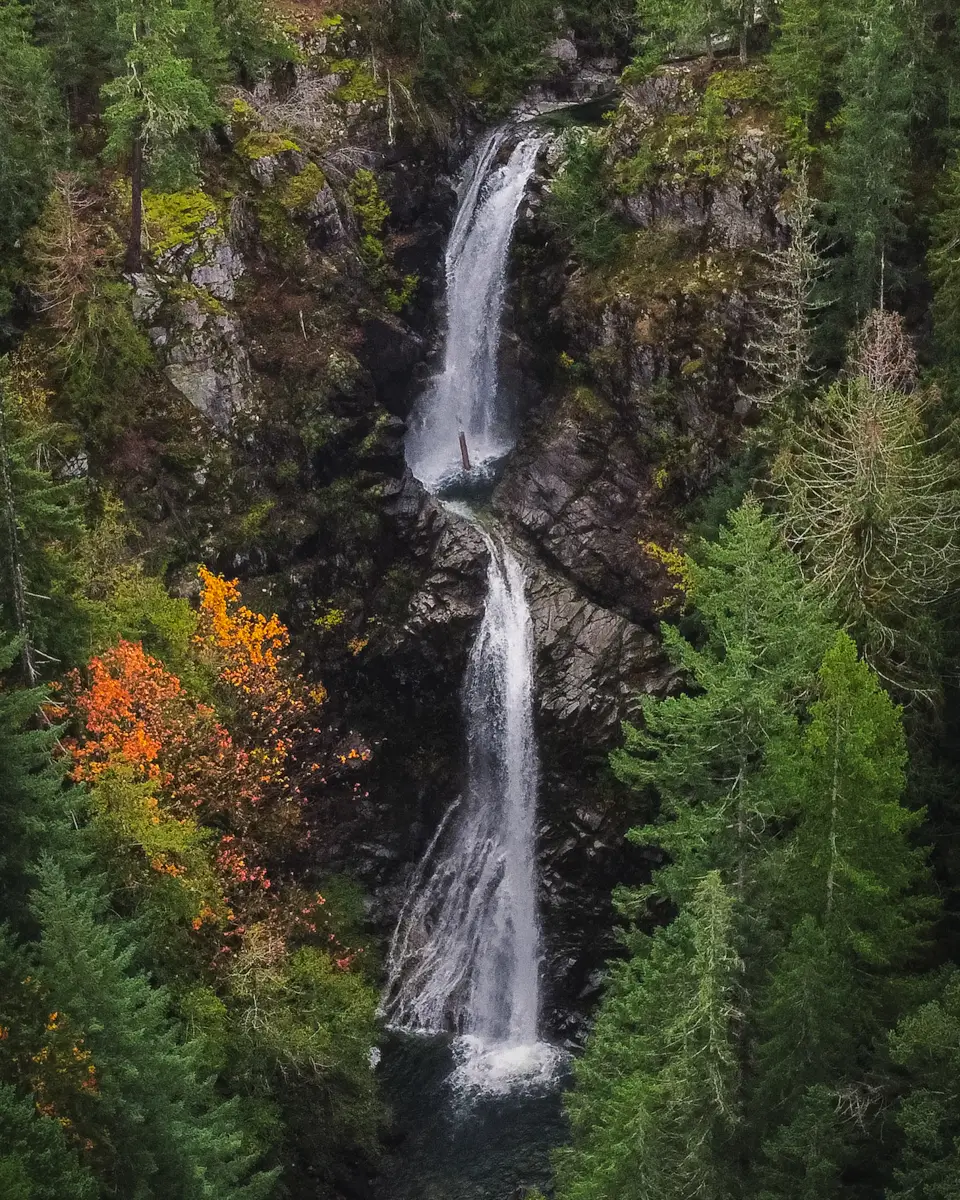
Christopher Rock
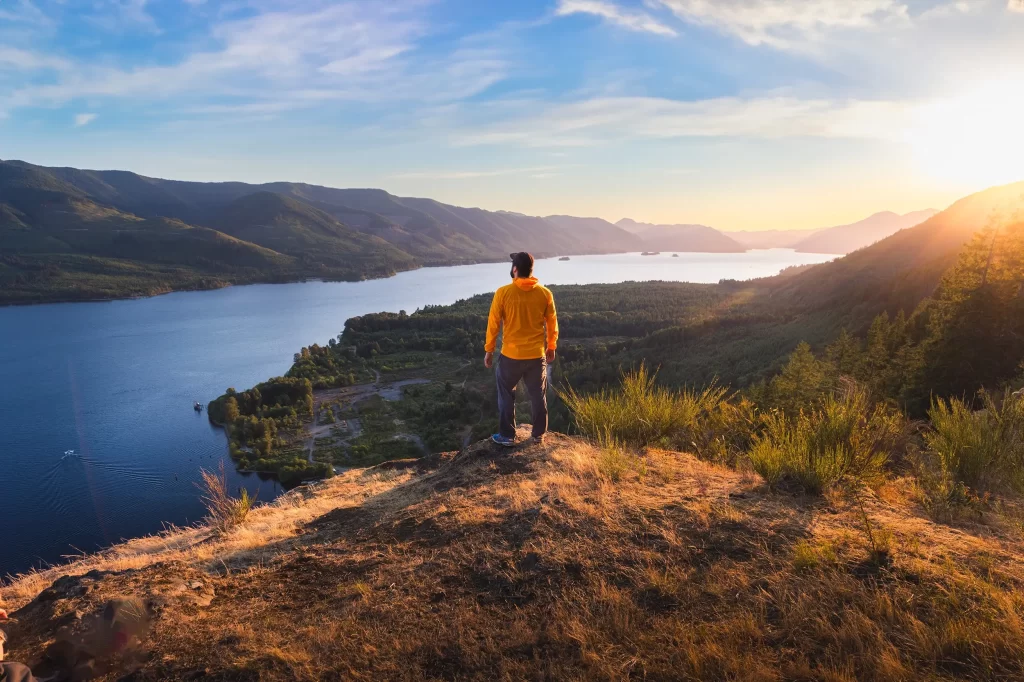
Christopher Rock is an awesome hike near the village of Youbou with panoramic views over the entire Cowichan Lake. Not only is this short and easy hike in the Cowichan Valley one of my favourites in the region, it’s one of my favourite hikes on Vancouver Island.
The hike up Christopher Rock starts at the west end of Youbou, and climbs steeply through pleasant forest, revealing amazing views at the top in as little as twenty minutes! If you’re spending time in the area, the Christopher Rock hike is one of the best things to do.
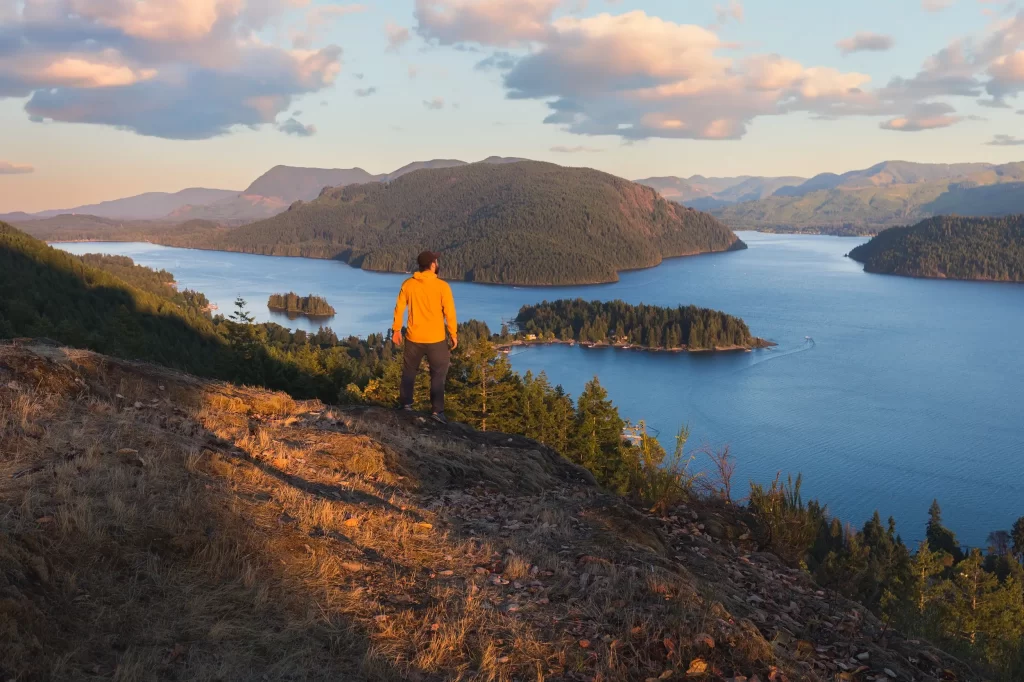
Bald Mountain
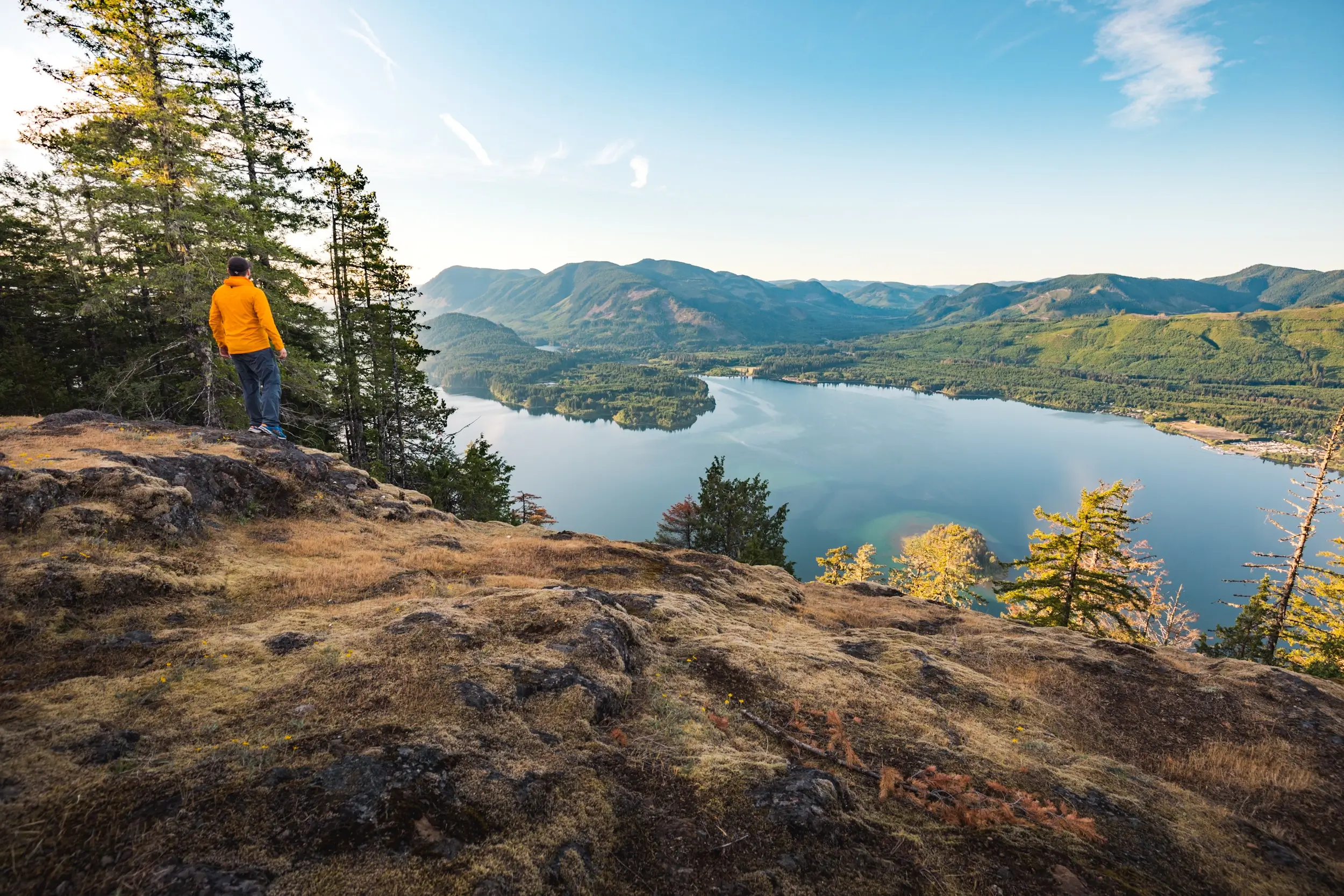
The walk up Bald Mountain, not to be confused with nearby Old Baldy Mountain, is one of my favourites, and a fantastic way to see the beautiful scenery of Cowichan Lake. Bald Mountain sits on its own peninsula in the middle of Cowichan Lake, meaning there are beautiful views any direction you look. The Bald Mountain trail starts at the base and switchbacks up the side of this short but worthwhile mountain hike, with the official trail ending at a viewpoint before the summit. An unofficial trail does continue through the woods, leading to the summit of Bald Mountain – once home to one of the many fire lookouts which formerly dotted Vancouver island’s peaks.
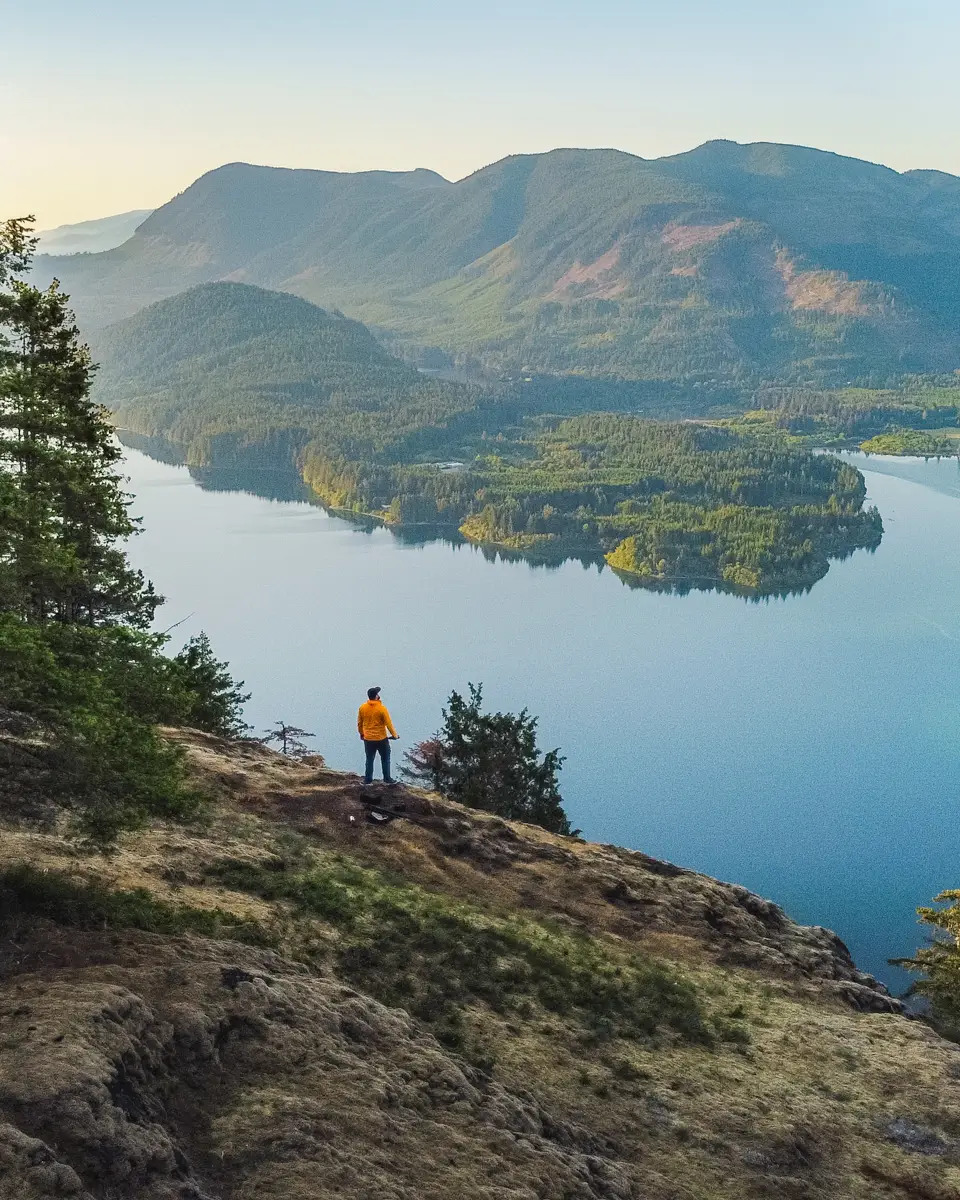
Recommended Hiking Gear
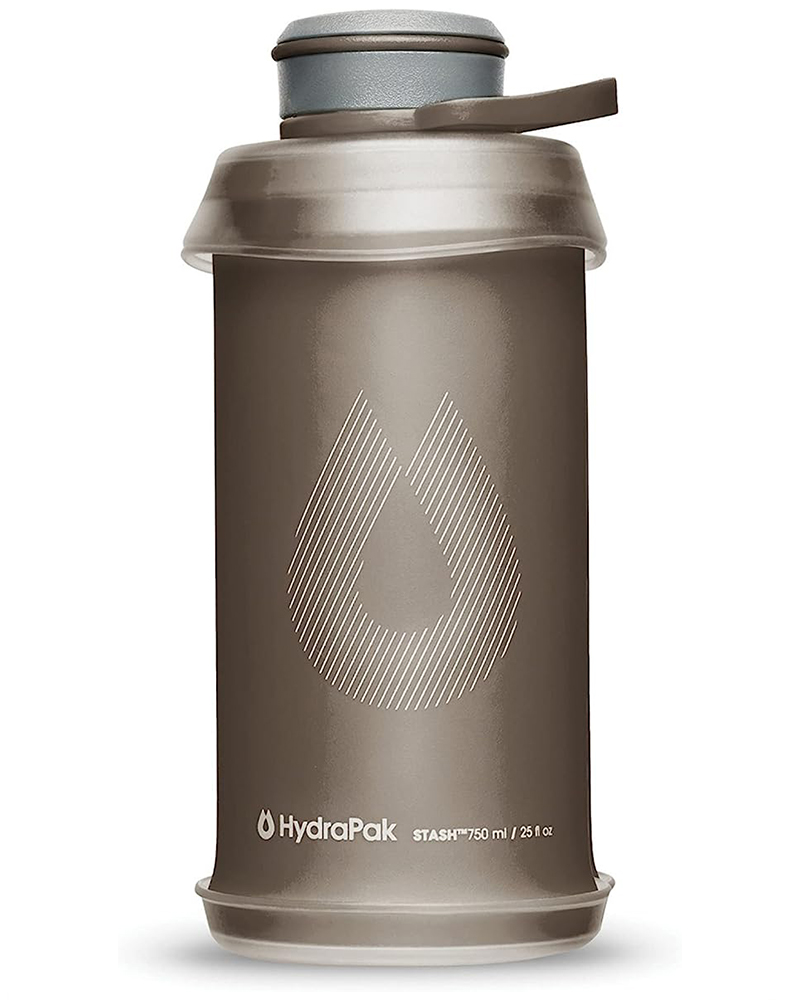
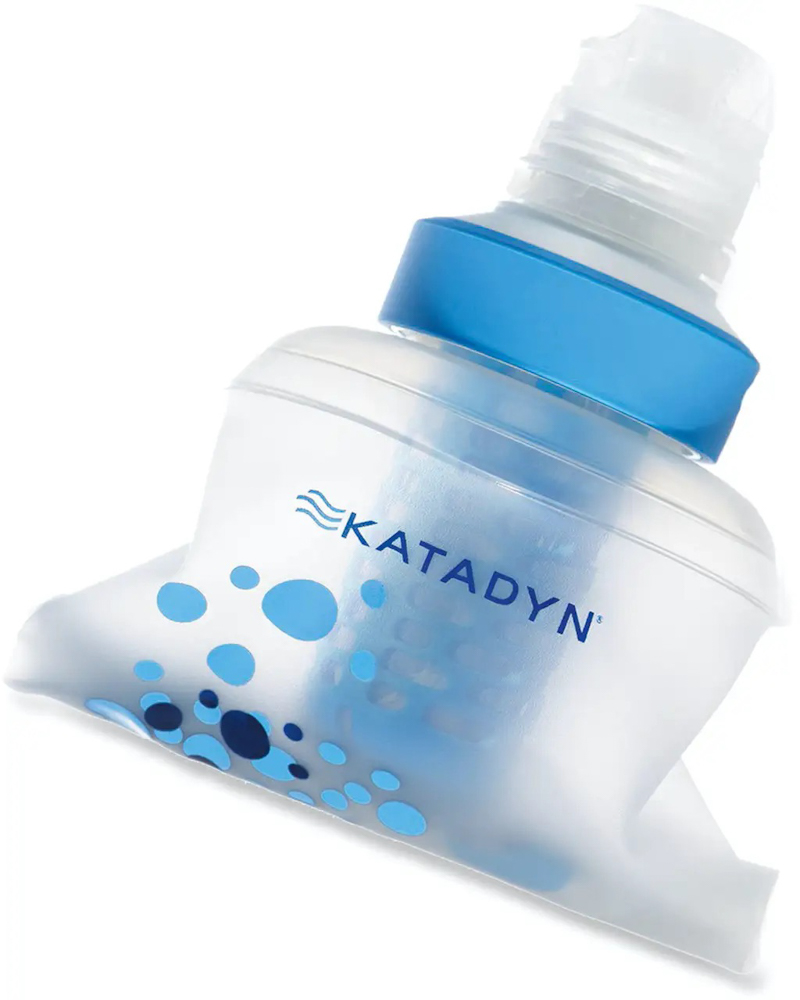
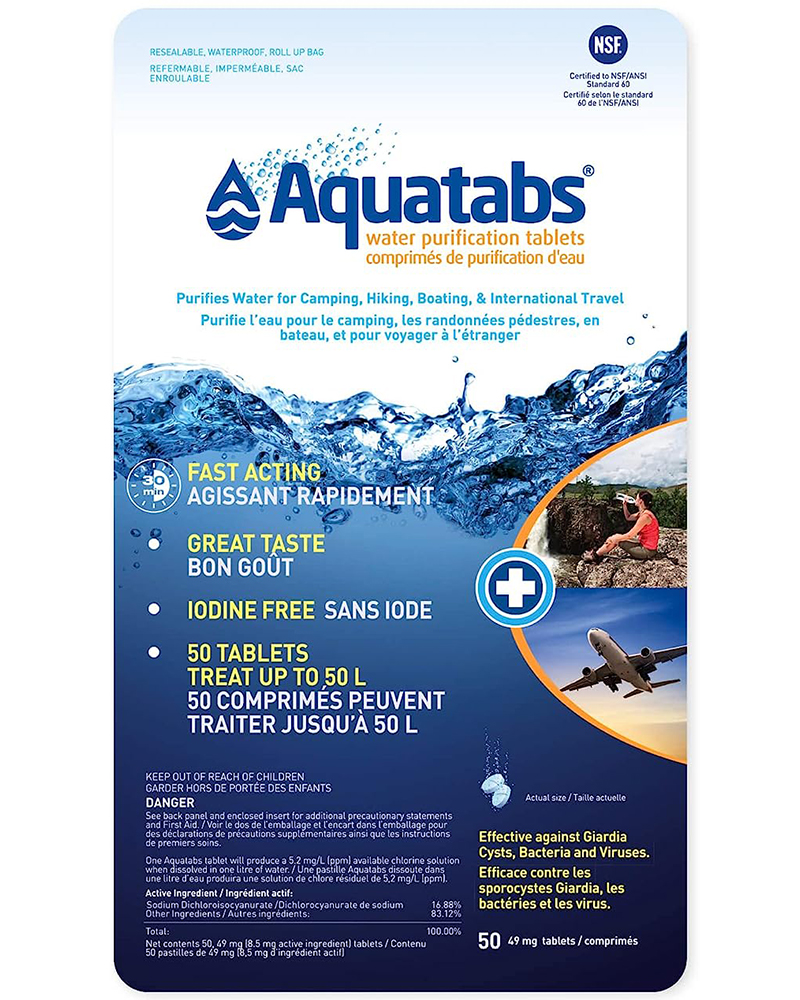
Water is a must whenever I’m hiking, especially if the sun is going to be out. My favourite water filter I’ve used is the Katadyn BeFree 0.6L, which unlike other water filters I’ve used packs up really small and lightweight. For hikes where I know there won’t be any readily available water sources along the way, I make sure to bring my own. The Hydrapak Stow 1L bottle is my go-to, for the same reason that it’s made of a soft plastic that folds up and doesn’t take up any more extra space than necessary in my pack. Finally, Aquatabs are another great option for purifying water, with one tablet being suitable for one litre of water. I previously used the Grayl water filter while travelling internationally, and though I found its hard body more convenient for day to day use and easier to drink from, it has a little too much bulk for my fast-and-light style of hiking.
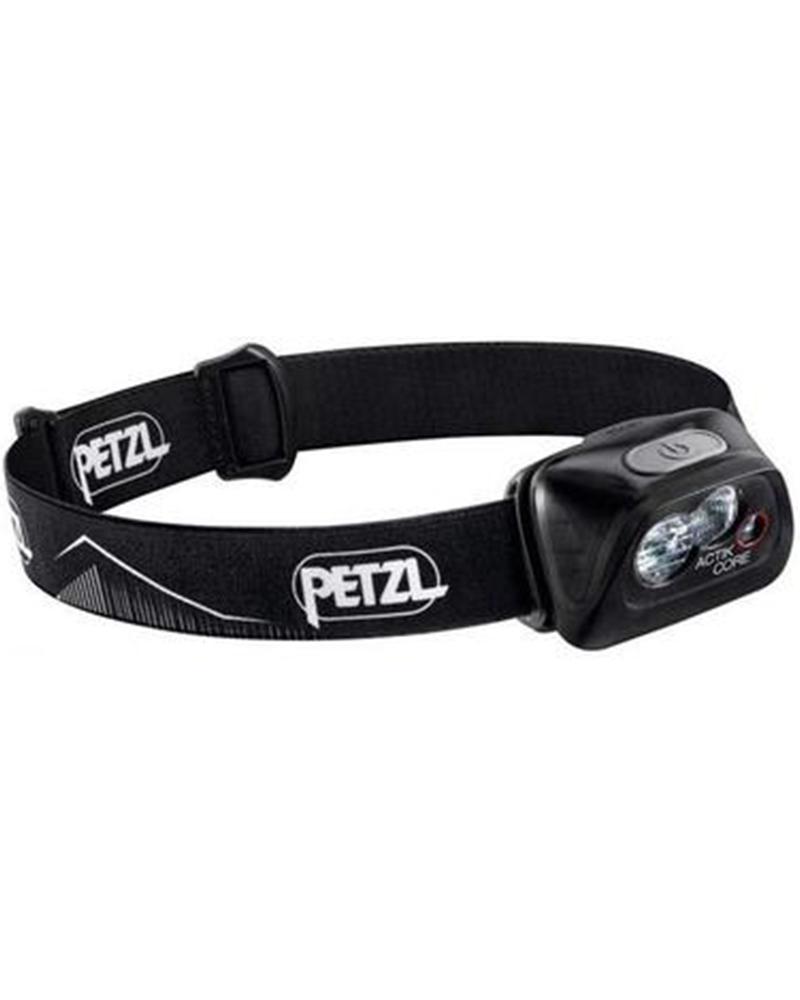
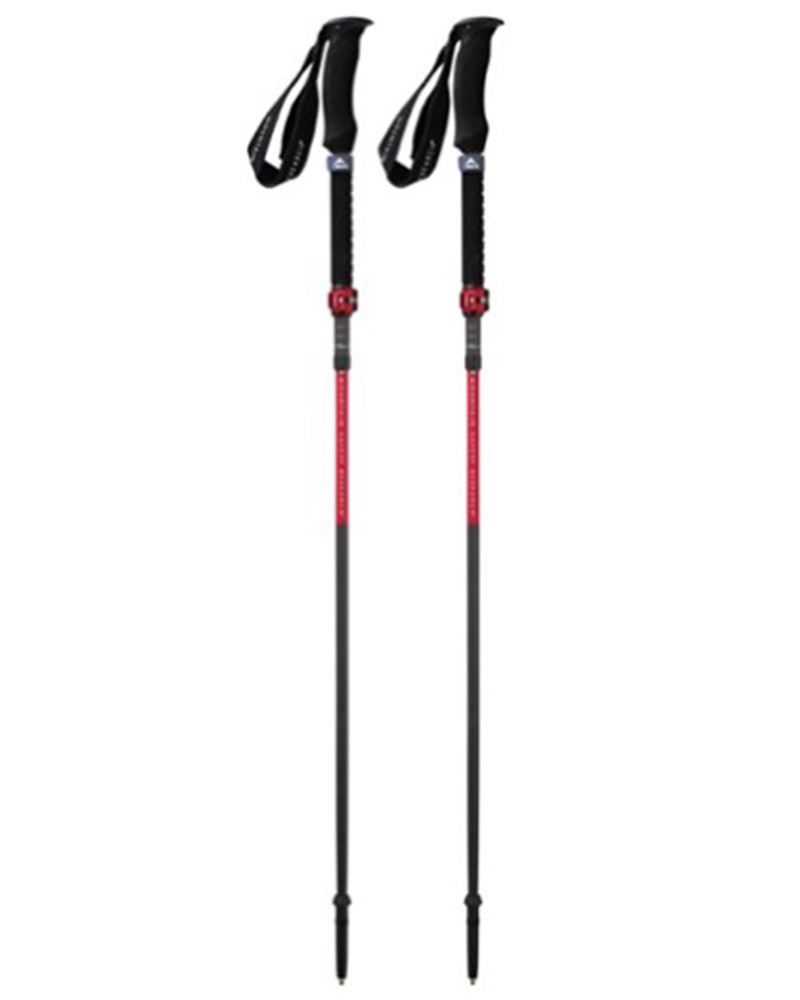
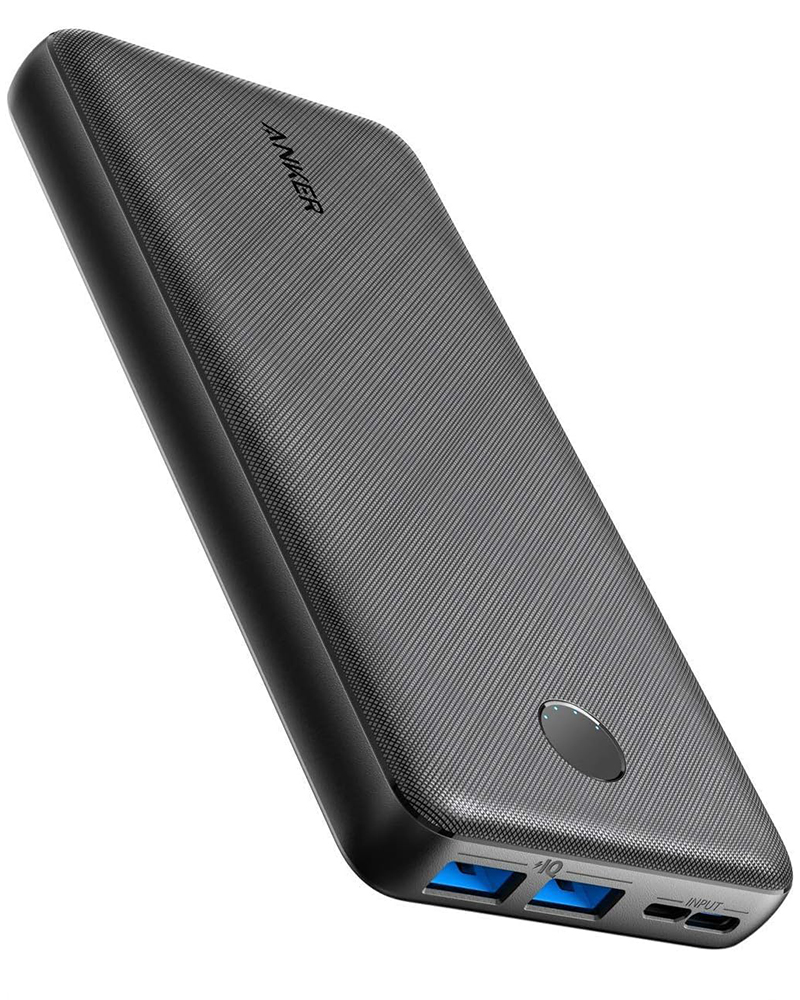
The secret to all my photos of gorgeous sunset and sunrise mountaintop views? A lot of hiking in the dark. And let me speak from personal experience when I say that the last thing that you want to happen when hiking is to be caught in the dark without a headlamp. I used the Black Diamond Spot 400 for years and it worked great – until I lost it on top of a mountain somewhere. The only downside to it was having to worry about the batteries dying, though there’s also a slightly more expensive version that has a rechargeable battery. Nowadays I’m using the Petzl Actik Core, which is a bit pricier than the more budget-friendly Black Diamond, but is also brighter, more comfortable (in my opinion), and has a hybrid power system that is rechargeable but can also take AAA batteries if needed.
You won’t see me using trekking poles on shorter hikes often – but on long hikes and backpacking trips, as well as certain scrambles, they are an absolute lifesaver. I’ve invested in a high quality ultra-lightweight pair of MSR DynaLock Ascent carbon poles which, while pricey, I don’t regret one bit. If you’re not entirely sure how much use you’re going to get out of a pair of trekking poles, the best budget-friendly option would be the Trekology Trek Z 2.0. Amazon does sell a lot of cheaper Made in China-style trekking poles for cheaper, but these usually are much much heavier and not worth buying.
All the best and most long-lasting cables and power banks I’ve ever owned have been Anker. I once had a phone cable from them that lasted me over three years of daily use! That’s why I keep an Anker PowerCore Essential 20K power bank on me. Like many people I use my phone for a lot of stuff when hiking (checking in with family, using online maps, taking photos, flying my drone) so I like to be prepared for that low battery warning by having a backup power source on me just in case.
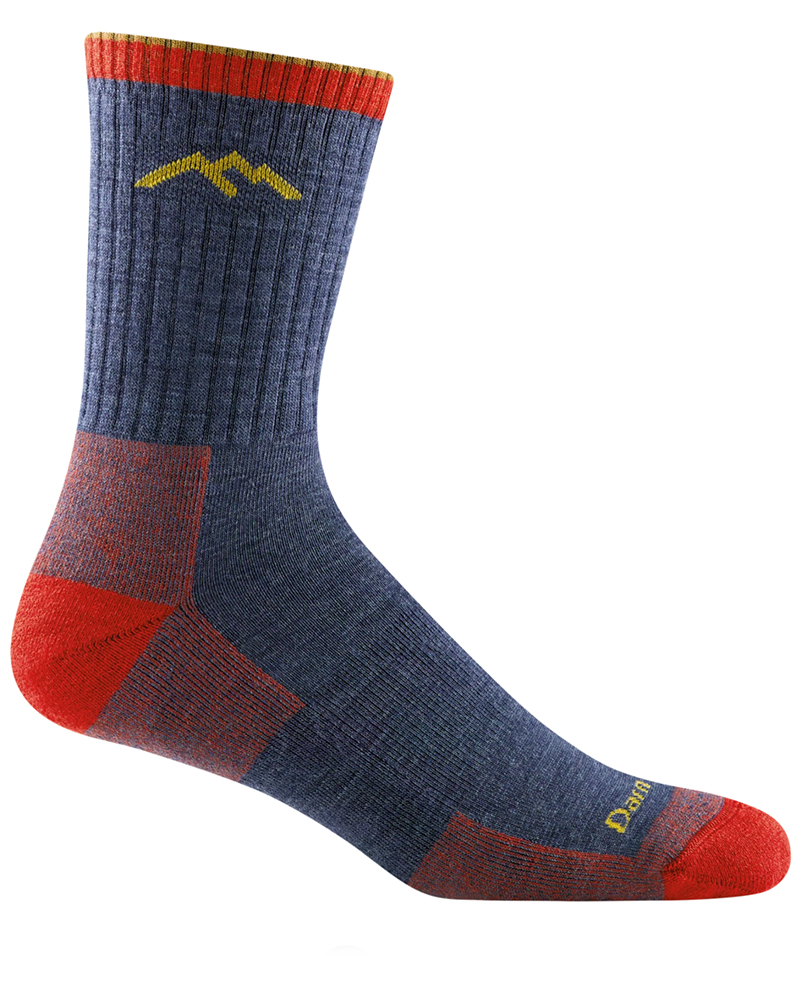
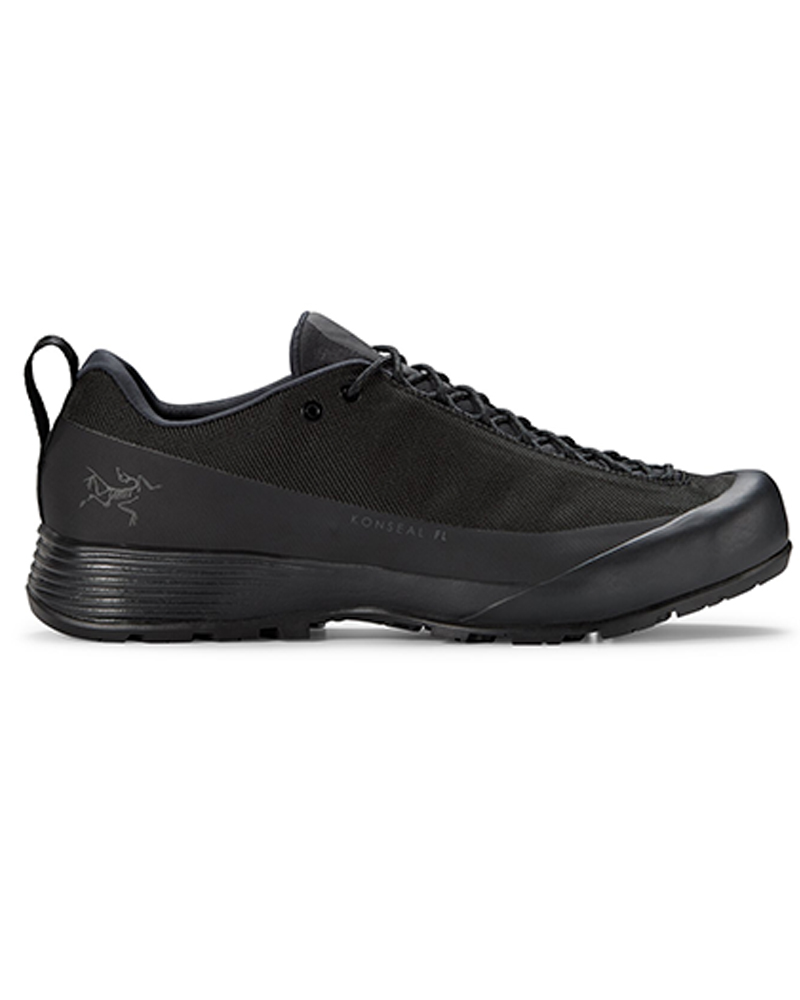
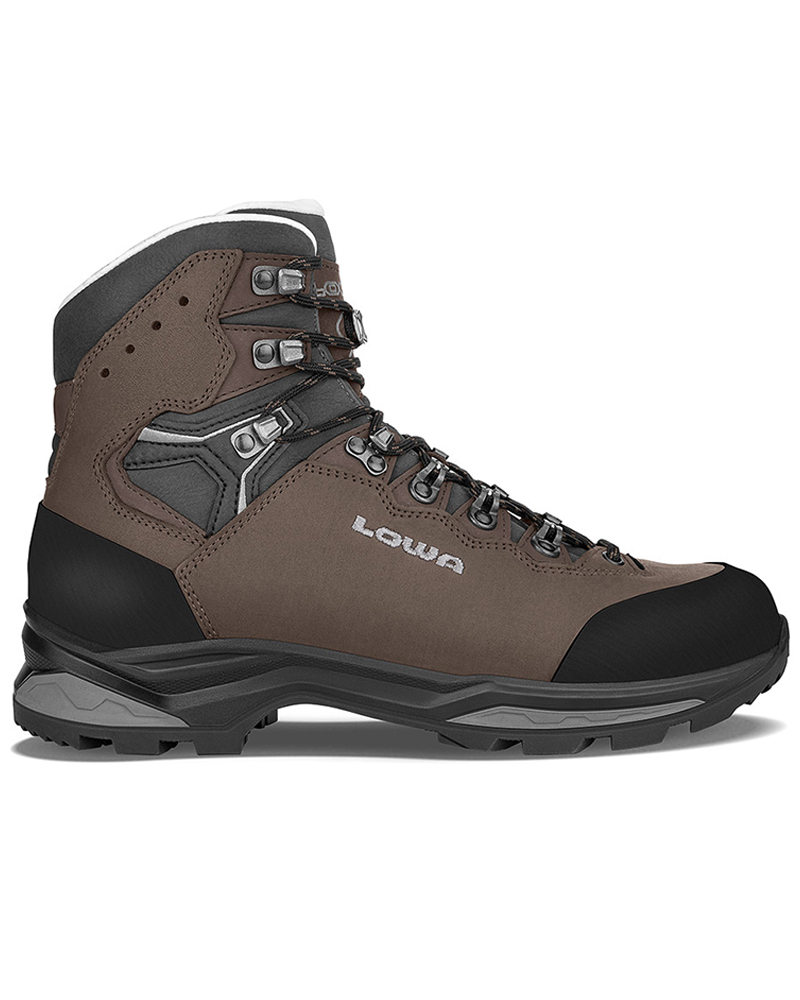
The only socks I ever buy for myself are from Darn Tough, and I almost always make sure to wear them when hiking. After years of having no problems only wearing these comfortable and rugged socks for hikes, I accidentally wore a pair of no-name socks on a hike last year and ended up with blisters on both feet. Safe to say I’m back to sticking with the Darn Tough. And the best part? They have a lifetime guarantee, meaning that if they ever wear out you can send them back for a brand new pair. For hiking footwear I go between a pair of lightweight approach shoes for quick and dirty mountain ascents or anything involving scrambling and more heavy-duty boots for longer treks. I’ve worn a couple different versions of the lightweight but super durable Arc’teryx Konseal FL 2 approach shoes for a few years now and am very impressed with the durability. I also really like the thick toecap that keeps me protected every time I stumble into a root or large rock. For longer, tougher, or muddier treks I rely on my LOWA Camino EVO GTX, which I find insanely comfortable and made of very high quality.
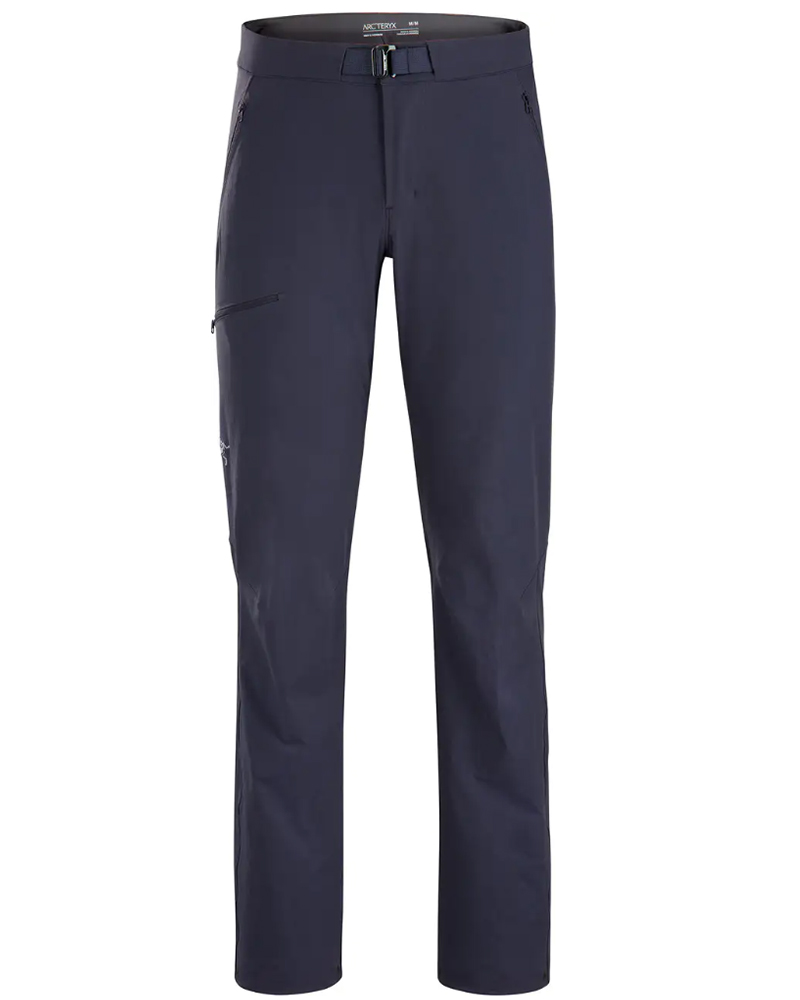

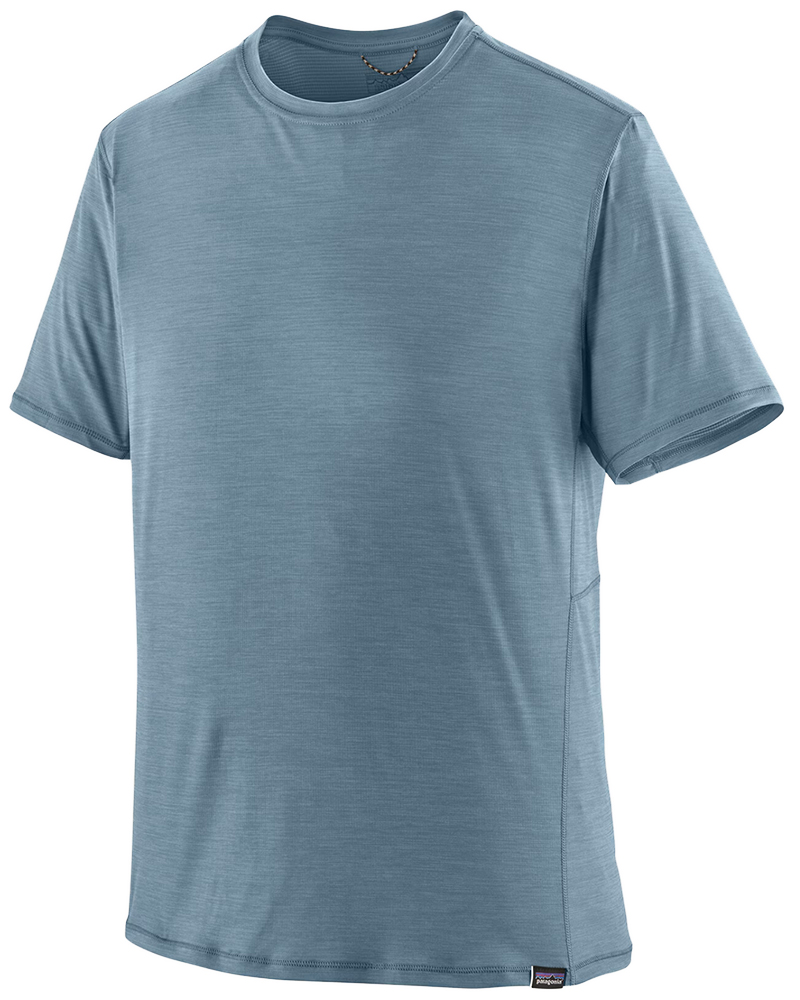
I wear my Ar’teryx Gamma Lightweight Pants on every single hike I go on, and on many days when I’m not hiking. After several years of abuse they are still holding together extraordinarily well, with only a few small holes from where I’ve fallen down and some slight stains from being repeatedly coated with mud. They’re lightweight, breathable, and super comfortable. For lightweight and breathable hiking tops I’m a big fan of both the Patagonia Capilene Shirt and the MEC Core Shirt. My Arc’teryx Squamish Hoody shows up in a lot of my photos. It’s super lightweight and packable, and does a great job of cutting the wind while also being pretty breathable. I also have an Arc’teryx Atom Hoody and Arc’teryx Beta LT that I pull out for cooler or wetter conditions.
